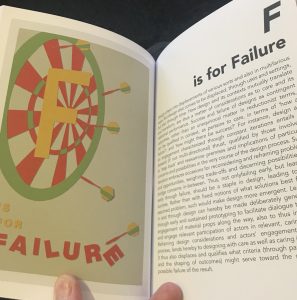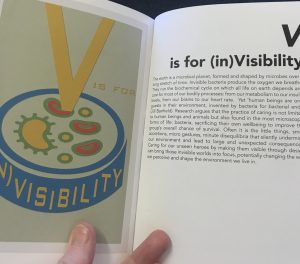Delighted to announce that we have just published the Illustrated A to Z for the Design of Care book. This illustrated A to Z for the Design of Care book was written collaboratively by nearly 50 design researchers and practitioners during the Does Design Care…? [2] workshop held at Chiba University, Japan, 1–3 July 2019.
Does Design Care…? [2] extended the explorations of design thought and action of the first Does Design Care…? workshop held at Imagination, Lancaster University in September 2017 that investigated different ways to conceptualise, provoke, contest and disrupt care.
Care is not usually a word that we hear when we talk about design and when the word care has been used it is usually in a context warning designers to act carefully rather than carelessly. Still good advice, but as the Illustrated A to Z for the Design of Care book shows, design has dived headlong into completely new fields of care – particularly social care and health care – at exactly the same time as the service of Care has been instrumentalised so it can be Capitalised and extrapolated so it can be served in equal parts excessively, efficiently and inefficiently. In a circular mix of remarks Bifo Berardi, referring to Yuval Harari (who must have been thinking of Foucault) states that “Twentieth century medicine aimed to heal the sick. Twenty-first century medicine is increasingly aiming to upgrade the healthy” Harari explains that “Healing the sick was an egalitarian project. … In contrast, upgrading the healthy is an elitist project”. Updating Foucault’s notion that diagnosing what is ill is always equally about enforcing what is healthy.
As a result the challenges in care systems have become intractable. There have been divide and conquer approaches to responsibility and accountability in care that act to cripple our ability to engage with the speculative and systemic approaches that design offers. Imagination has been cauterized by a risk-averse, Neo-liberal culture – the same culture that also profits enormously from turning care into a transaction.
This illustrated A to Z for the Design of Care might help guide design out of these intractable and entangled challenges and set it on the path to reconcile the contradictory needs to abstract the gesture of care (its theories) while it grounds the bodiliness of that same gesture (its applications).











